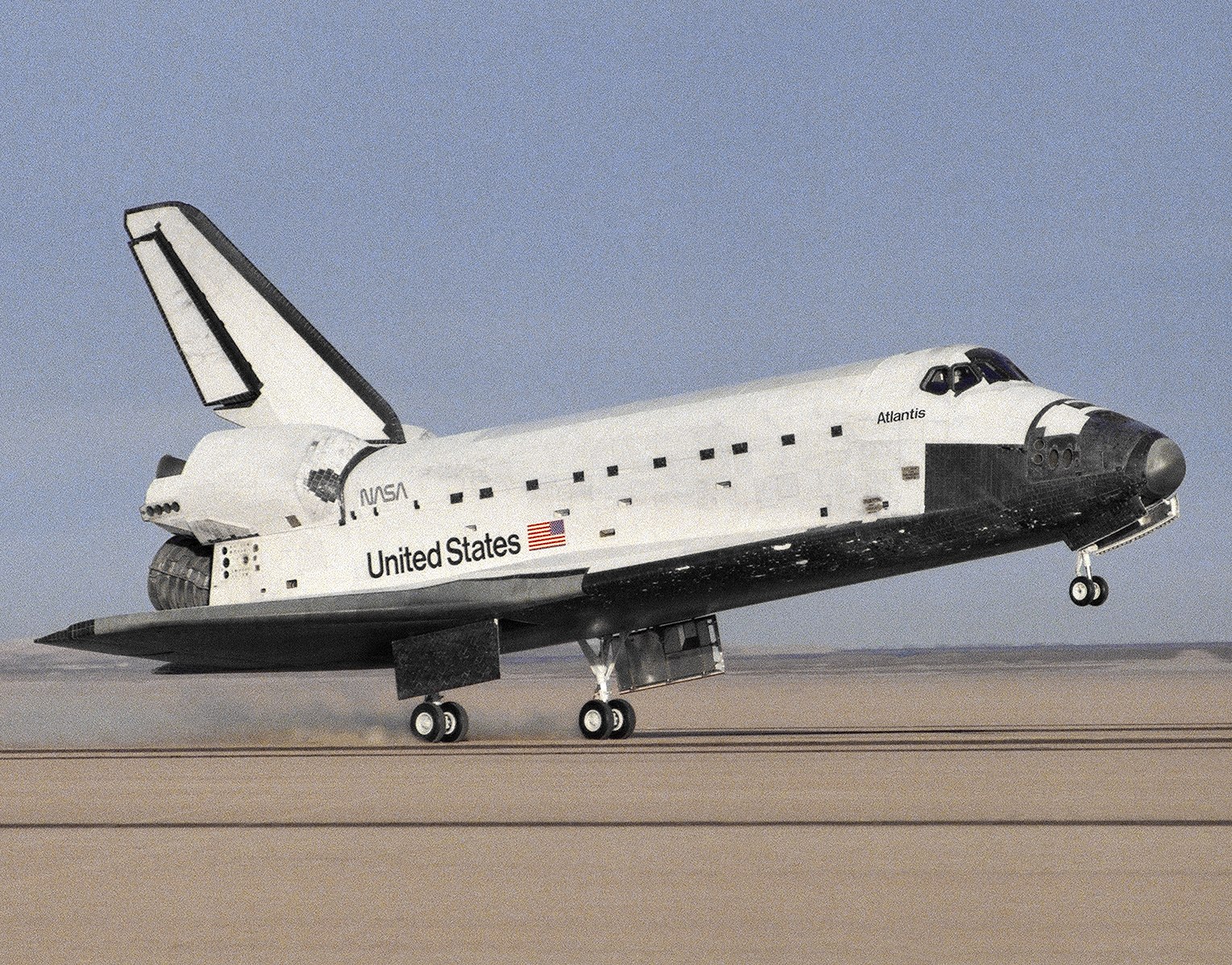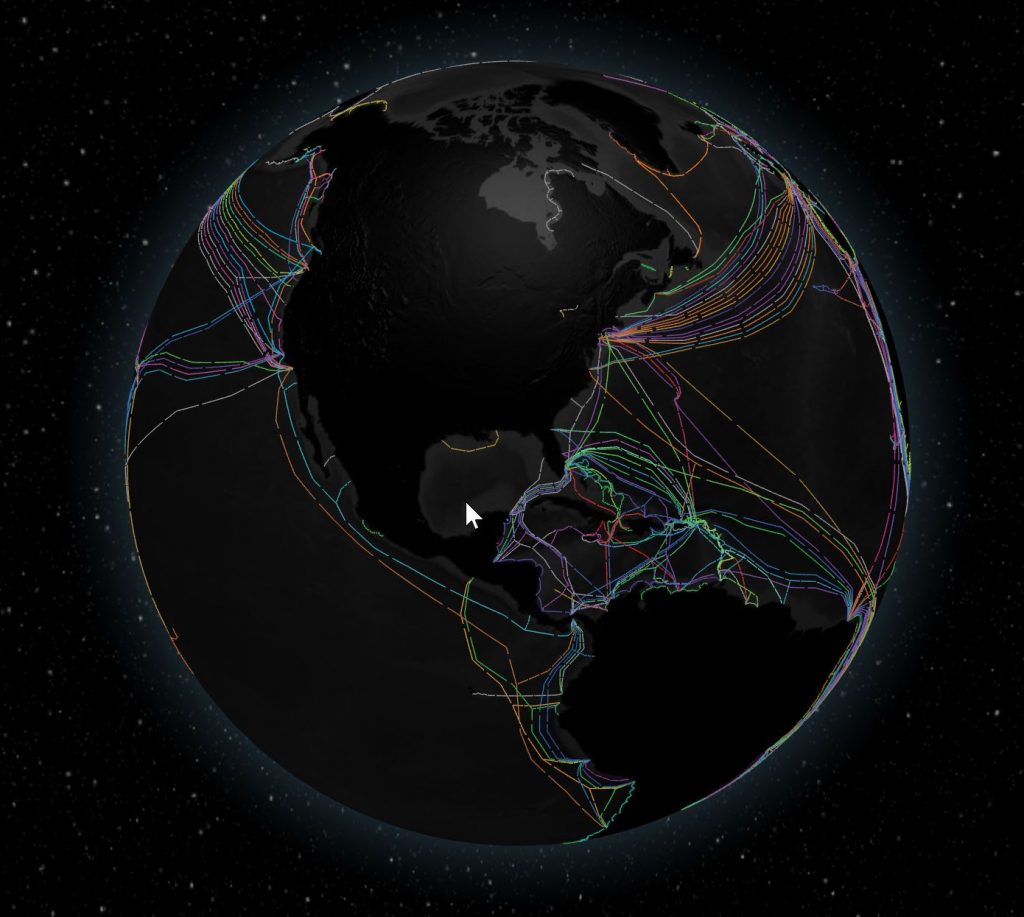Technology
What the Dippin’ Dots ‘cold chain’ can teach us about COVID-19 vaccines
Countless people across the country are desperate to get their hands on the coronavirus vaccine. But the same could be said for another icy treat with some surprising similarities: Dippin’ Dots.
Invented by a microbiologist in 1988, Dippin’ Dots’ self-proclaimed “Ice Cream of the Future” maintains its characteristic beaded form only if stored at -49 degrees Fahrenheit. Slipping even a few degrees in the wrong direction can jeopardize the quality of a batch.
Shipping a coronavirus vaccine is a similarly delicate dance.
The Legend of the QWERTY Keyboard
In the 1860s, a politician, printer, newspaper man, and amateur inventor in Milwaukee by the name of Christopher Latham Sholes spent his free time developing various machines to make his businesses more efficient. One such invention was an early typewriter, which he developed with Samuel W. Soulé, James Densmore, and Carlos Glidden, and first patented in 1868. The earliest typewriter keyboard resembled a piano and was built with an alphabetical arrangement of 28 keys. The team surely assumed it would be the most efficient arrangement. After all, anyone who used the keyboard would know immediately where to find each letter; hunting would be reduced, pecking would be increased. Why change things? This is where the origin of QWERTY gets a little foggy.
New Space Toilets
NASA’s first new space potty in decades — a $23 million titanium toilet better suited for women — is getting a not-so-dry run at the International Space Station before eventually flying to the moon.
Tsar Bomba – Unclassified Footage
Rosatom has released previously classified footage of the largest bomb to ever be detonated, Tsar Bomba.
With a yield of 50 megatons (50 million tons), equal to around 3,800 Hiroshima bombs, the weapon was set off over Novaya Zemlya on October 30, 1961
https://thebarentsobserver.com/en/security/2020/08/rosatom-releases-previously-classified-documentary-video-50-mt-novaya-zemlya-test
Update: I think they took it down? So, this seems to be a re-upload: https://www.youtube.com/watch?v=XJhZ3i-HXS0
Tip: YouTube’s auto-translated captions do a great job turning it into english.
Yves Rossy can now take off and land vertically in his rocketeer suit
Some explanations on the last vertical take-off and landing video,
and the next challenges and developments to make my wings accessible to everyone ,
the enthusiastic and passionate people who dream of flying like birds.
This company is making protein out of air and electricity
Solar Foods produces an entirely new kind of nutrient-rich protein, Solein®, by using air and electricity as its primary raw materials.
The second shuttle launch (STS-27) after the Challenger disaster almost ended in disaster.
One report describes the crew as “infuriated” that Mission Control seemed unconcerned. When Commander Gibson saw the damage he thought to himself, “We are going to die”, and did not believe that the shuttle would survive reentry; if instruments indicated that the shuttle was disintegrating, he planned to “tell mission control what I thought of their analysis” in the remaining seconds before his death.

The shuttle Atlantis actually sustained more damage than what would bring down Columbia in 2003. The Top Secret payload (a surveillance satellite for the US DOD) meant that communication with the ground was done using a slower method of encryption which could have resulted in lower quality images for analysis (eg. higher compression for faster transmission over a slow line).
How Amsterdam’s Airport Is Fighting Noise Pollution With Land Art
For years, residents complained about the incessant rumbling din produced every time an aircraft took off. This type of noise, called ground-level noise, propagates across the flat and featureless Haarlemmermeer landscape that has nothing in between—no hills, no valleys— to disrupt the path of the sound waves. When the airport opened its longest runway in 2003, residents could hear the din more than 28 km away.
To tackle the noise problem, the airport brought in an unlikely candidate—an architecture firm called H+N+S Landscape Architects and artist Paul De Kort.
Plastic Bag Found at the Bottom of World’s Deepest Ocean Trench
A recent study revealed that a plastic bag, like the kind given away at grocery stores, is now the deepest known piece of plastic trash, found at a depth of 36,000 feet inside the Mariana Trench. Scientists found it by looking through the Deep-Sea Debris Database, a collection of photos and videos taken from 5,010 dives over the past 30 years that was recently made public.


